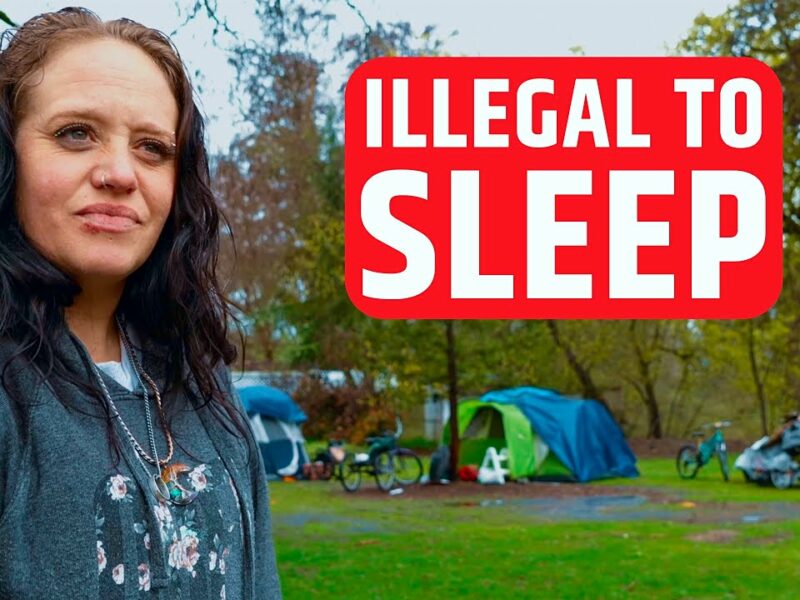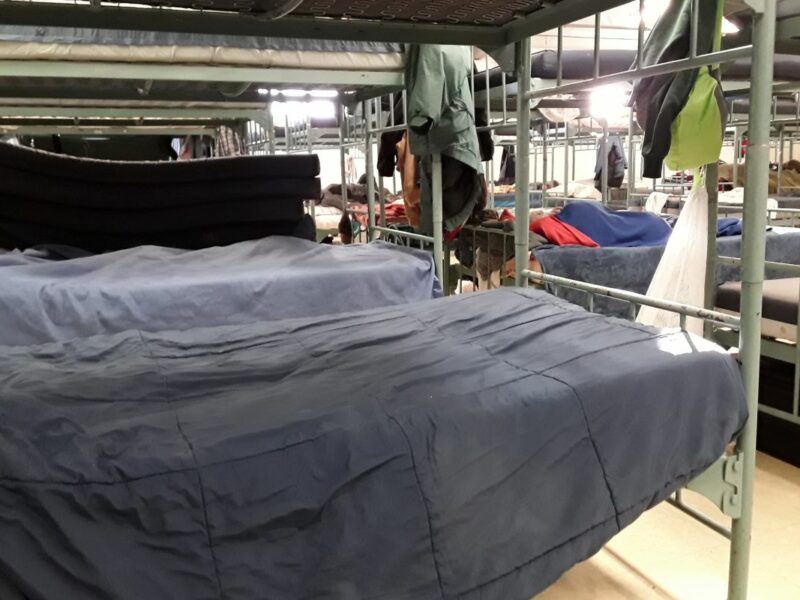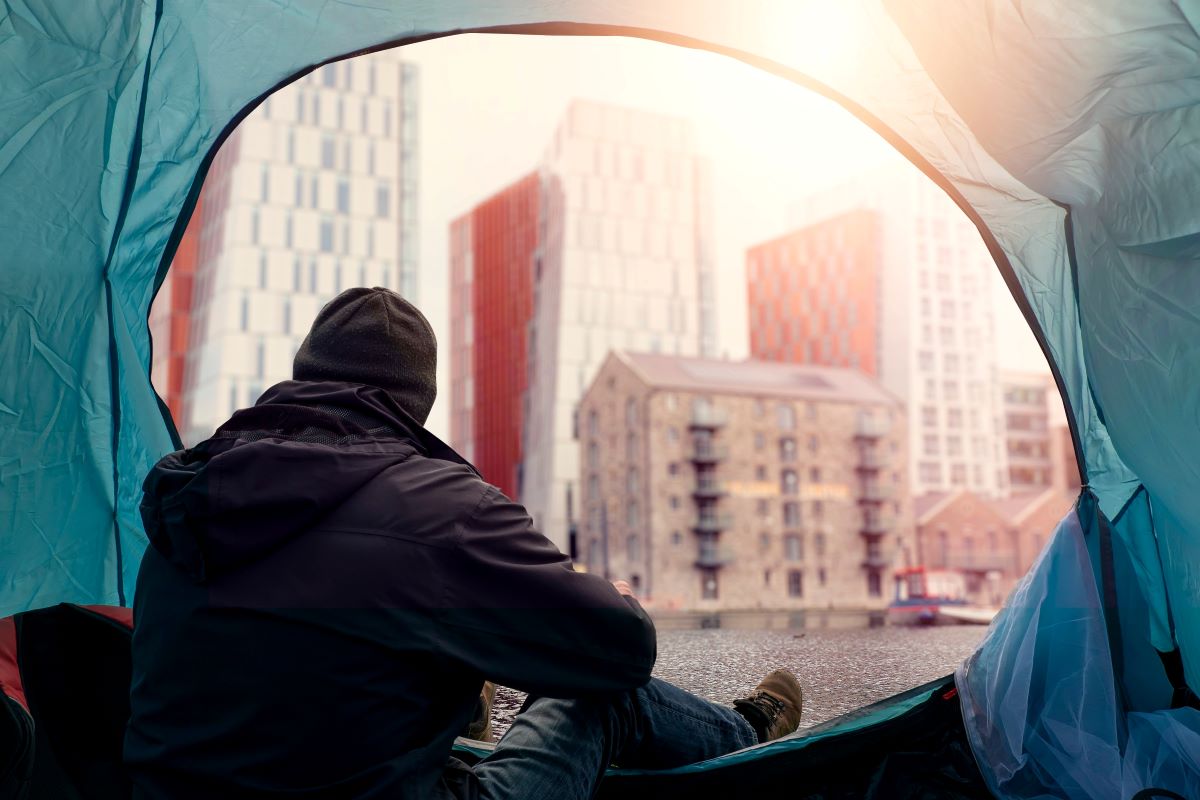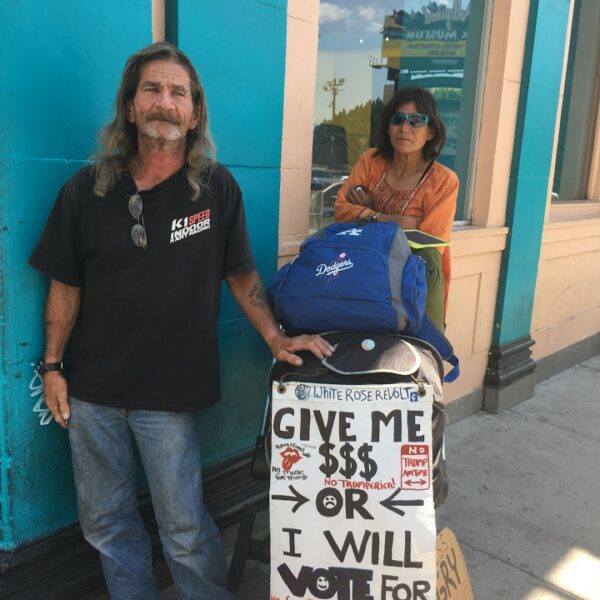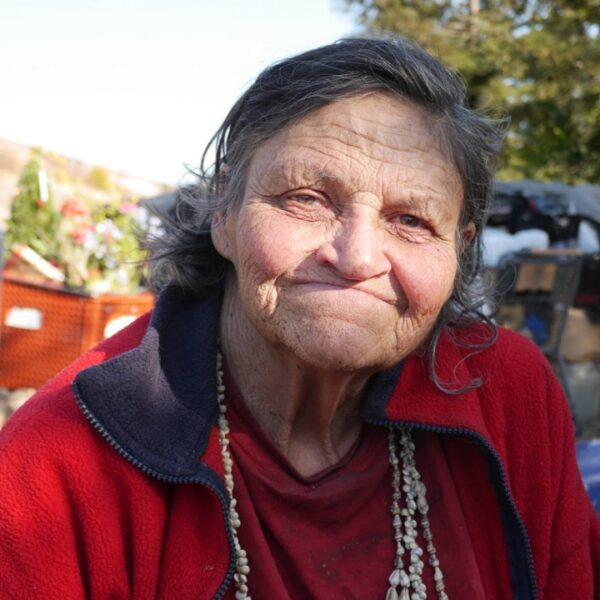How Do System Failures and Social Inequalities Affect Homelessness?
New York City’s homeless shelters are overloaded to the highest capacity in recorded history. In late June, a record-breaking 100,000 people lined the streets in search of shelter. But there are no beds left in the city that never sleeps.
The spike in shelter needs has been attributed to the tens of thousands of asylum seekers who are ever flowing into the city from all across the globe. While NPR reports that as many as 50,000 migrants have, indeed, been bussed into the Big Apple, one keen observer on Twitter pointed out the not-so-subtle truth:
If only it was just a broken immigration system, and not also a broken housing system, foster care system, healthcare system, criminal justice system, education system, elder care system, childcare system, labor and employment system…….https://t.co/Z28oQQ64Eg
— Tom Murphy (@TVM_Comms) June 29, 2023,
“If only it was just a broken immigration system, and not also a broken housing system, foster care system, healthcare system, criminal justice system, education system, elder care system, childcare system, labor, and employment system……” said Tom Murphy@TVM_Comms in a tweet quoting the article.
This is an important point as well. We are so quick to find the flaws in whichever system is visibly ripping at any moment that we tend to overlook that our entire social safety net is ripping under the weight of overburdened intertwined threads.
Let’s take a deep dive into each of these system failures and determine how they increase the state of homelessness.
A Broken Immigration System Has Left Asylum Seekers Out in the Cold
The US is a nation built on immigration and diversity, a place where more than 2,200 migrants arrive each day. According to the latest census, immigrants account for 13.6% of the national population, totaling roughly 45 million people.
From fleeing conflict to seeking economic growth and evading climate-driven natural disasters (see Climate Change is Now the Leading Cause of Global Homelessness for more on that subject), people often arrive here down on luck, high on hope, or exhibiting some combination of the two.
Sadly, many seeking asylum will find little more than misery upon arrival. Immigrants make up a vast portion of the homeless population in New York and other notoriously unaffordable cities like Los Angeles and Toronto.
It was recently reported that the Big Apple buckled under the pressure of its “Right to Shelter” law, leaving a surplus of 90,000 migrants in some of the most desolate conditions imaginable. One makeshift shelter in Brooklyn was described as having two bathrooms to share amongst 80 people and two showers trailers for the entire facility.
Residents there complained of physical and verbal harassment, spoiled food, and lacking basic necessities.
America has a broken immigration system and bigger problems contributing to the homeless crisis still.
A Broken Housing System Has Left Most Hardworking Americans Defeated
A March 2023 report revealed this sobering truth – housing in America is more unaffordable than ever. Rental rates reached record highs for a solid 17 months consecutively, and that market is short more than 7.3 million affordable housing units.
Meanwhile, the National Home Price Index reveals a shocking 18.6% increase this past year alone. The average median home price now teeters dangerously close to half a million dollars.
Wages haven’t come anywhere close to competing with these skyrocketing rates. The median wage has lagged behind the rental rate increase fourfold, and inflation has made other necessities unaffordable on top of that. Working Americans are catching the aftereffects of the housing crisis coming and going, to the point where millions can’t afford to keep going home.
America has a broken immigration system, and a broken housing system, too. Still, bigger problems are also contributing to the homeless crisis.
A Broken Foster Care System Has Contributed to the Fact That 3.5 Million Young Adults Endure Homelessness Each Year
One in ten youths between the ages of 18 and 25 are subject to the harrowing state of homelessness each year. 25% of youths aging out of foster care will be among them.
Youths aging out of the foster care system have often also experienced one or more of the following negative situations:
- Loss of parents or guardians
- Multiple episodes of abuse and neglect
- Juvenile incarceration
- No social or familial support system
- Academic obstacles like disrupted or limited education
- Social stigmas and more
Our youth are falling through the cracks of the foster care system. Their shelter space is limited because we also have a broken immigration system, not to mention a broken housing system. And in the background, a more significant problem looms.
Housing is Healthcare, Which Means Our Healthcare System is in the Perpetual State of Disrepair
Homelessness creates a vicious cycle around just about everything it touches, including healthcare. People who are enduring homelessness are less likely to have access to:
- Transportation to and from doctor’s appointments
- Potentially life-saving screenings and prescription medications
- Routine checkups for physical and mental health and much more
As a result, they are more likely to die from commonplace, treatable diseases. To that end, members of the homeless population statistically die three decades sooner than their housed peers.
Furthermore, the lack of access to primary healthcare forces people enduring homelessness to spend significantly more time in emergency rooms. This, in turn, puts a strain on the healthcare system, the very system that’s been failing them in the first place.
As you can see, the burden currently placed on New York City’s homeless shelter system and, to a broader extent, the entire homeless services sector is not the result of any one flawed system, be that immigration or otherwise. Rather, it is glaring evidence that the entire social foundation is cracked from the floor to the ceiling. More people are entering into homelessness as a result.
Talk To Your Local Legislators about the Structural Causes of Homelessness
Some say the system isn’t broken at all. It is working precisely as it was designed. Suppose that is, indeed, the case. In that case, it is working because the true causes of homelessness are not only being ignored but also, more egregiously, they are being supported by the current legislation.
Please urge your local legislators to address the structural causes of homelessness by making housing a human right.





